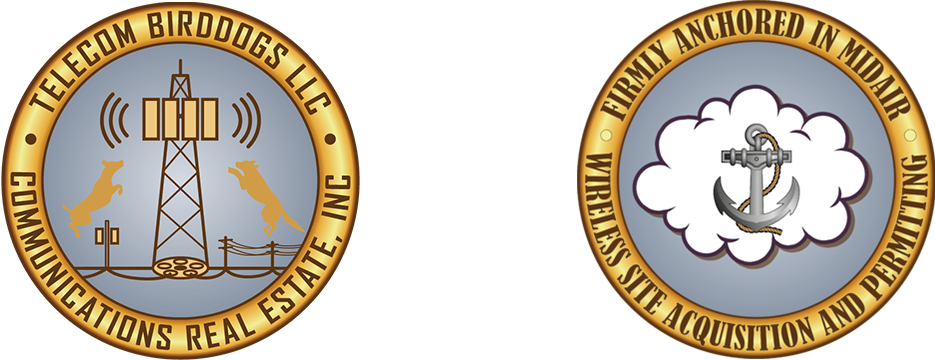So, what does it mean? Known as House Bill 17-1193, the law impacts two types of local permits issued by jurisdictions for small cell facilities – right-of-way permits and land use/zoning permits. Local jurisdictions are mandated to offer access to public rights-of-way for small cell facilities, their network operators, and other broadband providers. Timeframes are imposed on jurisdictions to process land use permits for small cell facilities and networks and for all collocations.
To fully understand what this means requires a review of how certain terms pertinent to wireless facilities are defined, how applications for local land use permits by qualifying proposals are to be processed, and where small cell facilities may be placed on existing structures owned by a utility or local government in public right-of-way, and development guidelines on private land.
In Colorado, a small cell facility is now defined by size as seventeen (17) cubic feet or less of equipment, associated with an antenna contained within three (3) cubic feet, not including power systems, enclosures, grounding, or interconnect for telecommunications. Micro wireless facilities are defined as less than or equal to twenty-four inches (24”) long by fifteen inches (15”) wide by twelve inches (12”) high plus an antenna not over eleven (11”) inches long. As such, the smaller sized micro cell facilities are now a subset of small cell facilities. Coaxial and fiber optic cables connected to antennas have been removed from the definition of a wireless service facility.
Qualifying small cell facilities and networks are further considered permitted uses in all zoning districts in the state and land use applications for new, replacement, or modified small cells are to be processed within ninety days. Applicants may consolidate multiple qualifying small cell proposals into a single application. Denial of any individual small cell facility in a consolidated application won’t impact the other facilities proposed in the application.
The right to locate or collocate on light poles, light standards, traffic signals, and utility poles in public right-of-way is authorized for small cell facilities upon consent of an appropriate authority. Installation, maintenance, and replacement of cables attached to utility poles don’t require any local permit, application, or fee unless it is for compliance with national safety codes for impacts to traffic causing lane closure, ground disturbance, or a request in limited access right-of-way.
According to the new law, collocations for all other wireless facilities are to be processed in ninety days, as well, or within one hundred fifty days if proposing a new structure.
Local jurisdictions may still deny or limit placement of communications or broadband facilities to protect public health, safety, and welfare so long as it does not advantage or disadvantage a telecommunications or broadband provider or have the effect of prohibiting a provider from providing service within the service area.
John Rowe
COWA Regulatory Specialist
July 17, 2017


